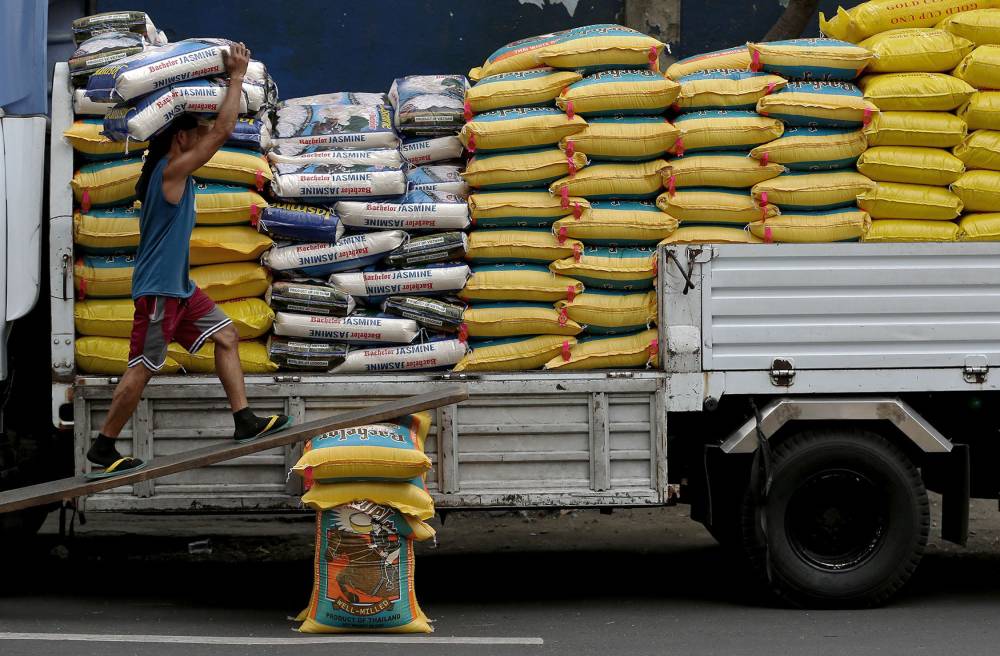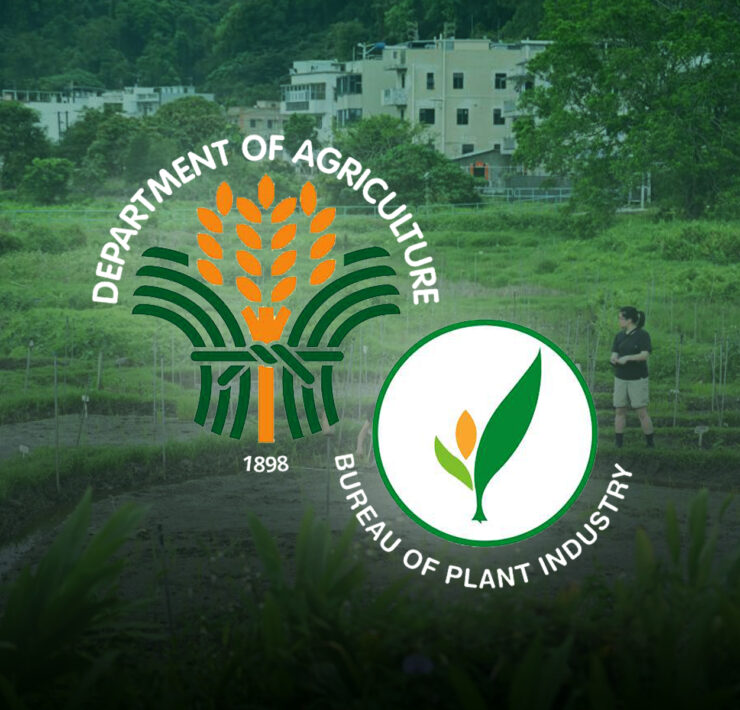Rice imports could exceed 4 million metric tons

Rice imports entering the Philippines are expected to increase this year, possibly breaching the 4 million metric ton mark, as reduced tariff rates have encouraged traders to import more of the staple food.
In a report, the US Department of Agriculture’s Foreign Agricultural Service in Manila said it expects “higher imports” at 4.6 million MT for the marketing year 2024-2025 which began in July.
“Industry contacts express that the reduced tariff provides an attractive incentive for importers to import more. Demand for imported rice is sustained by population growth and government initiatives to make rice more accessible,” the report states.
The tariff on imported rice was slashed to 15 percent from 35 percent previously after President Marcos signed Executive Order No. 62 in June to stabilize food prices and temper inflationary pressures.
So far, the country’s overseas rice purchases totaled 3.195 million MT as of Sept. 26, based on the data from the Bureau of Animal Industry (BAI).
Vietnam remained the leading source of rice imports with 2.52 million MT, tantamount to a share of 79 percent while Thailand was a distant second with 407,996.74 MT.
The Sept. 26 import volume from the BPI volume is equivalent to 88.6 percent of the 3.6 million MT of rice imports that arrived last year.
If the USDA projection is achieved, this year’s volume could be the highest in the five years since the enactment of the Rice Tariffication Law in 2019 which liberalized rice trading.
Between 2019 and 2023, the highest rice import volume of 3.826 million MT was recorded in 2022.
Although the foreign agency expects Thailand “to gain market share” in the Philippines after making significant export strides, Vietnam is seen to retain a “significant market share” due to more competitive prices compared to Thailand, thanks to robust harvest and favorable trade policies with the Philippines.
The USDA pegged local rice production to decline to 12.69 million MT due to crop damage from successive typhoons and a reduction in area harvested due to land conversion.
The report noted that the peak of the typhoon season in the country occurs in July through October, resulting in a decline in production every third quarter of the year.
“Aside from the recent typhoons…, industry contacts report ongoing land conversions from agricultural to industrial, commercial, and residential areas, which is resulting in a further decline in area harvested,” it added.
The Department of Agriculture (DA) estimated that palay output losses due to typhoons and other natural calamities averaged 500,000 MT to 600,000 MT annually.
The successive typhoons and the El Niño phenomenon that struck the Philippines in recent months destroyed 502,680 MT of rice produce, with the El Niño-inducted dry spell accounting for 330,717 MT of the total.
Despite the natural calamities, the USDA cited the DA’s ongoing campaigns to use hybrid seeds and apply appropriate levels of fertilizers to increase the yield per hectare.




















